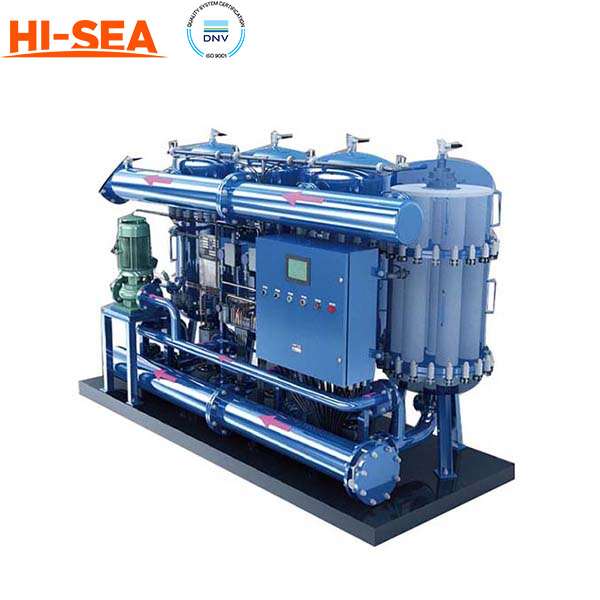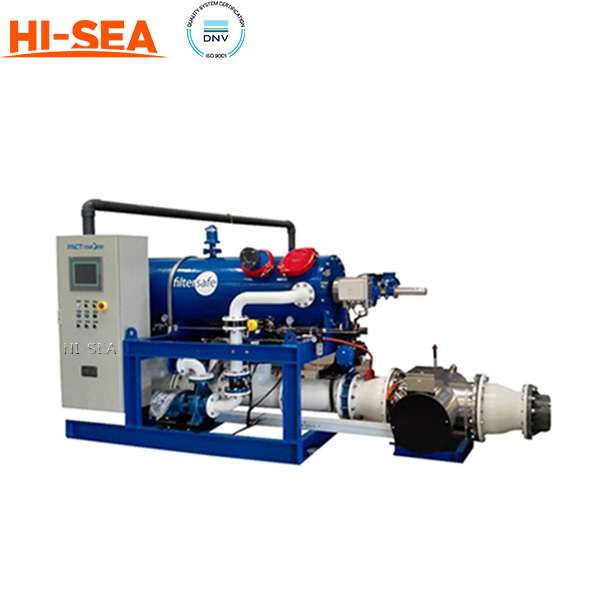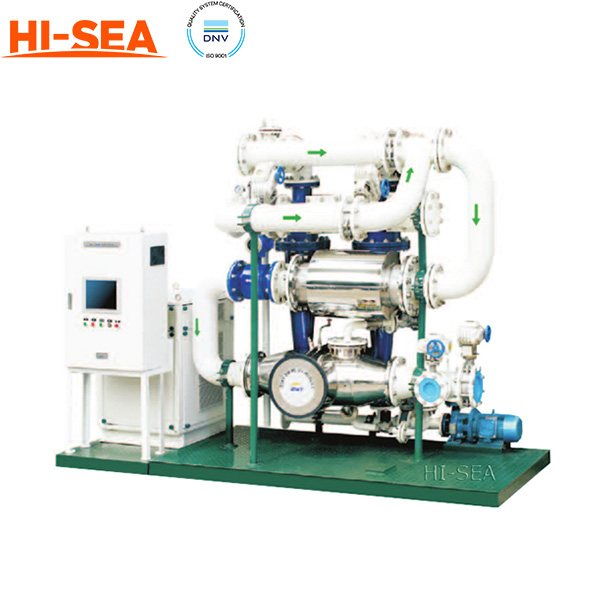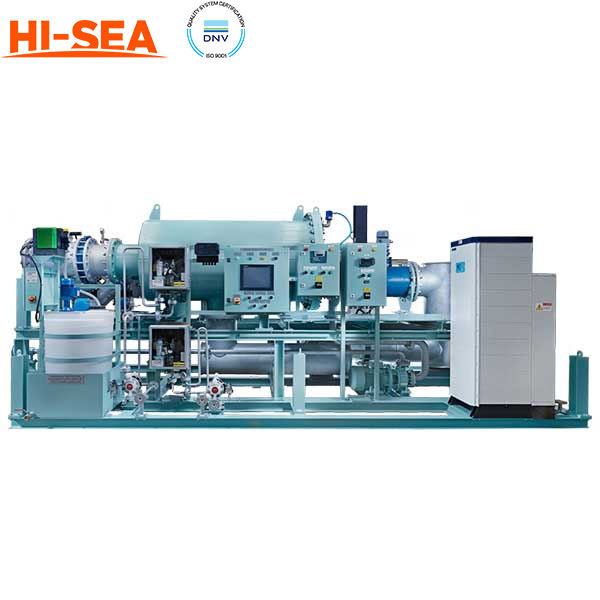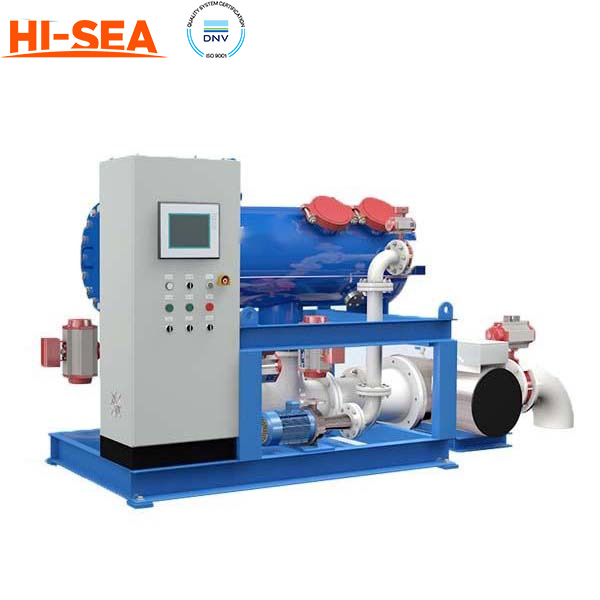MARINE & OFFSHORE EQUIPMENT
- Dredging Equipment
- Marine Deck Machinery
-
Marine Mooring Equipment
-
Marine Anchor
- AC-14 HHP Anchor
- Admiralty Anchor
- Beldt Stockless Anchor
- Bruce Anchor
- Spek Anchor
- Danforth HHP Anchor
- Delta High Holding Power Anchor
- GB11579-89 Light Weight Anchor
- Hall Anchor
- High Holding Power Mastrosov Anchor
- Hot Dip Galvanized Anchor
- Japan Stock Anchor
- JIS Stockless Anchor
- Pool Anchor
- Single Fluke Anchor
- Stainless Steel Anchor
- Stevpris MK5 Anchor
- Stingray Anchor
- US Navy Stockless Anchor
-
Marine Anchor Chain
-
Marine Shackle
- Kenter Shackle
- D Type Joining Shackle
- Pear Shaped Shackle
- Anchor Swivel Shackle Type A
- Anchor Swivel Shackle Type B
- Buoy Shackle Type A
- Buoy Shackle Type B
- C Type Detachable Connecting Link
- D Shackle
- Forelock Shackle
- Anchor Chain Swivel Group
- Straight Shackle
- Anchor Shackle
- Marine Triangle Plate
- Anchor Chain Swivel
- Anchor Chain Joining Shackle
- Anchor Chain End Shackle
- Slim Kenter Shackle
-
Chain Chaser
-
Marine Bollard
-
Marine Chock
-
Marine Fairlead
-
Marine Chain Stopper
-
Marine Mooring Reel
-
Marine Towing Bracket
-
Mooring Rope
-
Marine Towing Hook
-
Marine Shark Jaw
- Marine Fender
-
Marine Buoy
- Marine Floating Pontoon Dock
-
Marine Anchor
- Aquaculture Equipment
- Marine Outfitting Equipment
- Marine Propulsion System
-
Marine Painting
-
Marine Auxiliary Machinery
- Marine Air Compressor
- Marine Air Receiver
- Marine Sewage Treatment Plant
-
Marine Diesel Generator Set
- Marine Oil Water Separator
- Ballast Water Management System
- Marine Hydrophore
- Marine Calorifier
- Seawater Desalination Plant
-
Marine Oil Separator
- Marine Fuel Oil Supply Unit
- Marine Heat Exchanger
-
Marine Hot Well Unit
-
Marine Incinerator
-
Marine Boiler
-
Marine Valve
- JIS Marine Valve
- DIN Marine Valve
- ANSI Marine Valve
- GB Marine Valve
- CB Marine Valve
- CBM Marine Valve
-
Marine Gate Valve
-
Marine Globe Valve
-
Marine Angle Globe Valve
-
Marine SDNR Valve
-
Marine Angle SDNR Valve
-
Marine Check Valve
-
Marine Storm Valve
-
Marine Butterfly Valve
-
Marine Quick Closing Valve
-
Marine Fire Valve
-
Marine Self Closing Valve
- Marine Valve Accessories
-
Marine Pump
- Marine Centrifugal Pump
- Marine Screw Pump
-
Marine Gear Pump
-
Marine Vortex Pump
-
Marine Ejector Pump
-
Marine Diaphragm Pump
-
Marine Piston Pump
-
Marine Fire Pump
-
Marine Emergency Fire Pump
-
Marine External Fire Pump
-
Marine Ballast Water Pump
-
Marine Fuel Pump
-
Marine Lubricating Oil Pump
-
Marine Bilge Pump
-
Marine Sewage Pump
-
Marine Domestic Water Pump
-
Marine General Pump
-
Marine Cargo Oil Pump
-
Marine Hand Pump
- Marine Pump Parts
- Marine Life-saving Equipment
- Fire-fighting Equipment
- Marine Cable
- Marine Electrical Equipment
- Marine HVAC
-
Labour Protection Appliance
- Marine Decorative Material
-
Marine Anode
- Marine Pipe Fitting & Flange
- Marine Instrument
- Ship Building Equipment
INDUSTRY EQUIPMENT
- Hoisting Equipment
- Welding Machine & Material
-
Cutting Machine
- Container Securing Fitting
- Link Chain
- Container & Storage Equipment
-
Diesel Generator Set
- Other Equipment and Tools
- Petrochemical Equipment
- Fiber Reinforced Plastics
- Polymer Materials
- Environmental Protection Series
- Geo-products and Building Materials
- Metal Mesh
- Steel Grating
-
Earthwork Teeth
-
Turnbuckle
STOCK LIST
Contacts
 Tel:+86-23-67956606
Tel:+86-23-67956606
 FAX:+86-23-67956622
FAX:+86-23-67956622
 Email:manager@cqhisea.com
Email:manager@cqhisea.com
Working Time: 9:00--17:00
Working Day: Monday to Friday Website: www.cqhisea.com

Ballast Water System
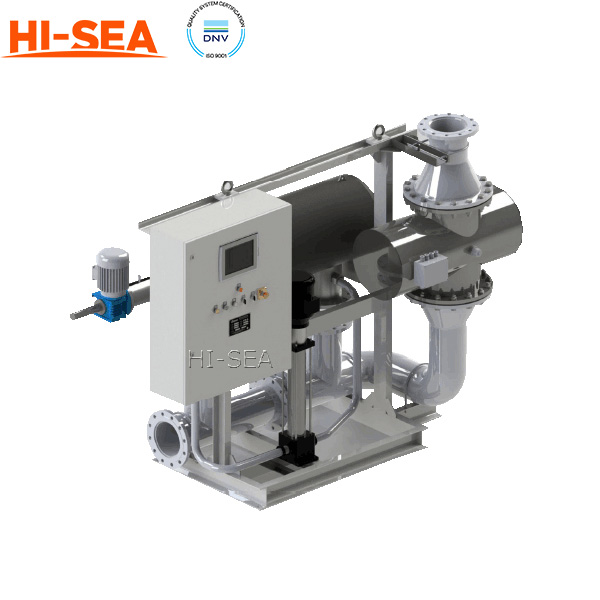
Ballast Water System
1. Ballast Water System Description
The ballast water management plant features two-stage process, applying efficient automatic filtration to remove larger organisms and sediments followed by powerful medium pressure UV unit to disinfect and inactivate smaller plankton, bacteria and pathogens.
Adopting totally chemical-free process, the Cyeco TM BWMS best suits the demand of ship by effectively avoiding the uptake or discharge of harmful organisms but generating no toxic substance to environment and human health or corrosion contribution to ballast system.
Ballast water is treated going through the complete process (filter followed by UV reactor) at ballast water intake and re-treated at discharge through the UV reactor only (filter bypassed). The UV irradiation of ballast water again during de-ballasting ensures that any bacterial regrowth that may have occurred in the ballast tanks is fully disinfected before discharge.
2. Ballast Water System Treaty Requirements
Under the Convention, all ships in international traffic are required to manage their ballast water and sediments to a certain standard, according to a ship-specific ballast water management plan. All ships have to carry a ballast water record book and an international ballast water management certificate. The ballast water management standards are being phased in over a period of time. New ships must meet the ballast water treatment standard. Existing ships should exchange ballast water mid-ocean but they will need to meet the ballast water treatment standard by the date of a specified renewal survey. Eventually, most ships will need to install an on-board ballast water treatment system.
3. Ballast Water System Advantages
(1) Automatic back-flushing filter in front — a natural choice for ballast water management plant.
The automatic self-cleaning filter serves to remove larger organisms and sediment particles, improving the transparency of water, and hence the effectiveness of UV irradiation.
The filter is designed to automatically back-flush itself at the end of each ballasting or de-ballasting operation, and when a timer is triggered or preset differential pressure is reached.
This automatic back-flushing mechanism keeps the filter screen clean and provides reliable, non-stop operation at high sediment loads. All organisms and particles removed by the filter are continuously returned to the sea at ballasting site. The filter is bypassed during the de-ballasting operation.
(2) UV disinfection — easiest and most reliable solution for ballast water management plant.
The device adopts medium pressure ultraviolet (UV) as a means of disinfection. Unlike chemical disinfectant, this purely physical disinfection process uses nothing but UV light to deactivate or damage the DNA of organisms, killing them or making reproduction impossible without any side effect.
The medium pressure lamps that our device utilizes produce polychromatic UV output across the entire spectrum of germicidal curve. Taking into account the various poor water quality challenges at high flow rates, the powerful medium pressure lamps are regarded as a better solution for ballast water treatment application rather than low pressure lamps.
The medium pressure lamps are installed to be oriented perpendicular to fluid flow, which results in high performance and compact size for easy installation.
(3) Control panel — completely automatic control
The entire ballast water management plant is controlled by a PLC (programmable logic controller) control panel with in-touch screen mounted on it. The PLC system monitors and controls all components (filter, UV, automatic valves, if required) and keeps the UV unit running at optimal status.
All operations and indications can be viewed on in-touch screen and the system can be easily integrated into ship control system to allow for operation and monitoring in control room.
4. Shipboard Testing of Ballast Water System
Since Oct. 2011, our device has been installed onboard CHINJIF for shipboard testing in accordance with IMO regulation (G8).
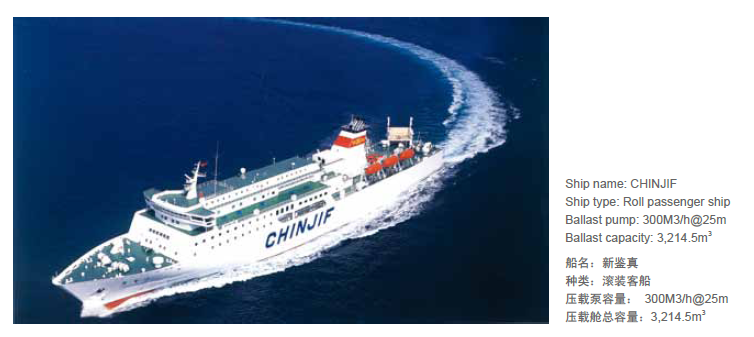
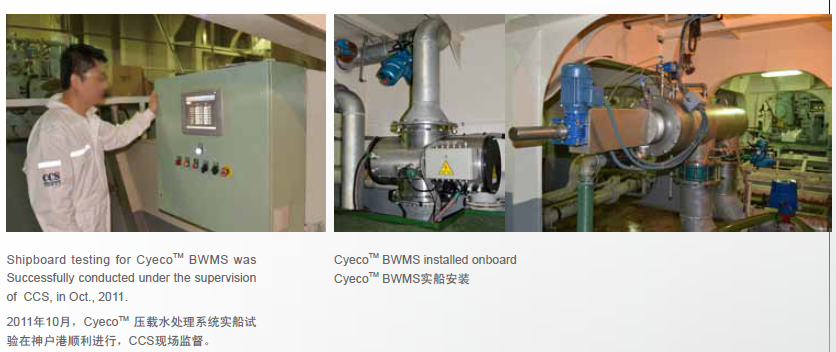
5. Ballast Water Management Several Class Certificates Supply:
ABS, BV, DNV.GL, KR, RINA, NK, USCG and CCS class certificates.
.jpg)


